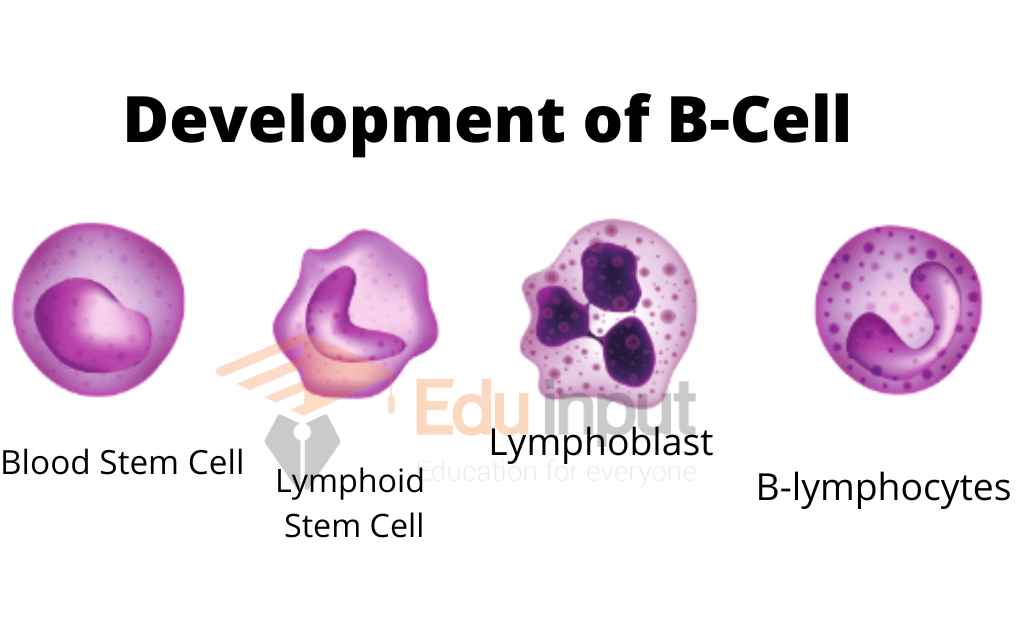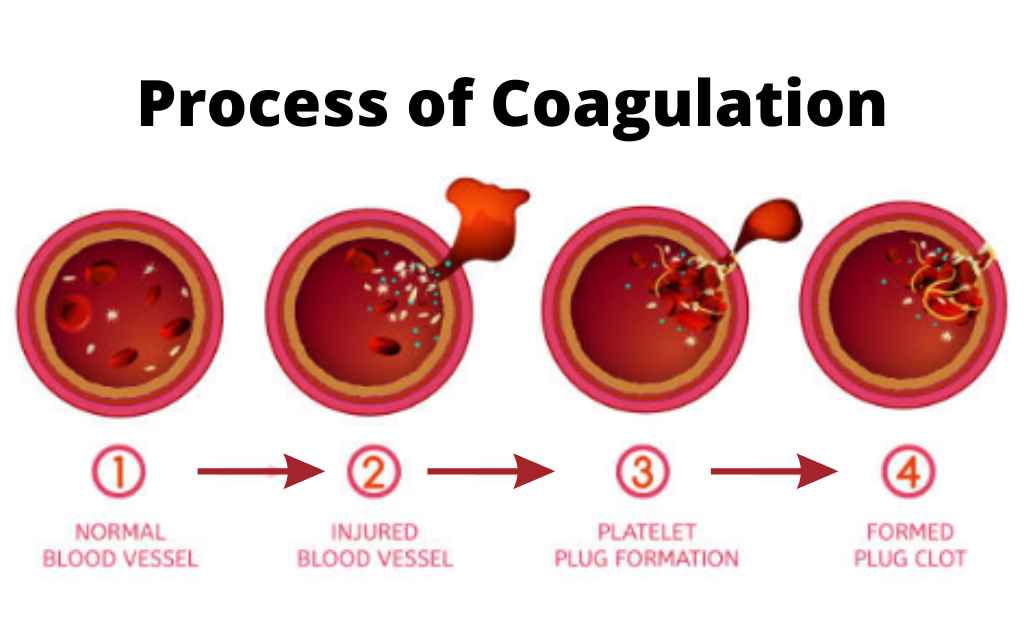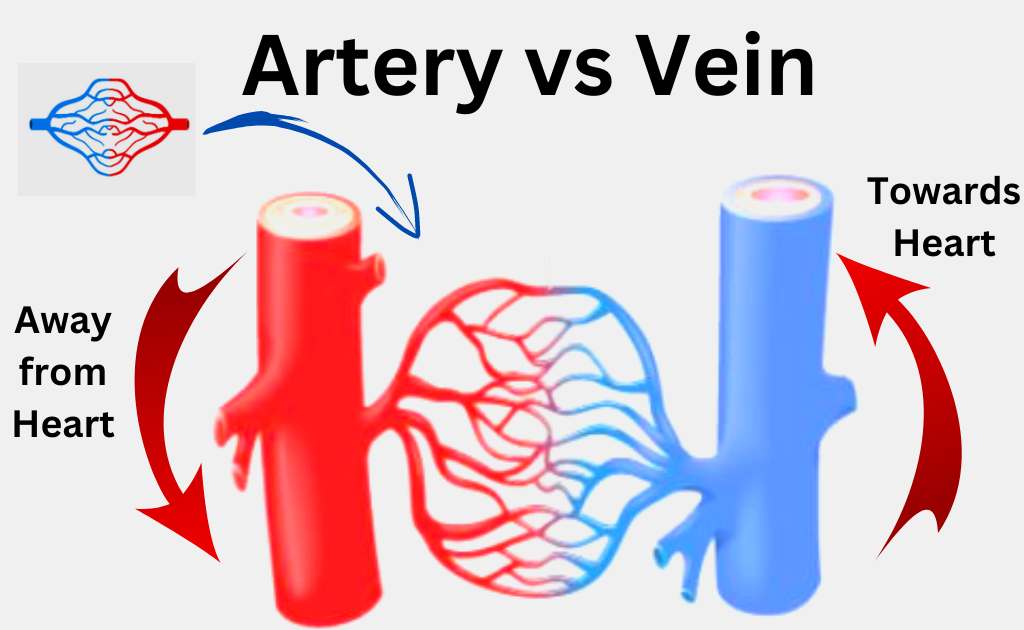Opening And Closing Of Stomata | Starch Sugar Hypothesis
Stomata are tiny pores found in leaves that allow plants to take in carbon dioxide from the air and release oxygen back into the atmosphere. They also play a vital role in regulating plant growth and development.
Plants breathe through their leaves. The stomata open and close in response to changes in light levels and temperature. This allows them to absorb carbon dioxide from the air during photosynthesis and release oxygen back into our environment.
Role Of Guard Cells In Opening And Closing Of Stomata
The guard cells play an important role in the opening and closing of stomata. The guard cells act as multisensory hydraulic valves. The guard cells can sense many environmental factors like:
- Light intensity
- Quality of temperature
- Relative humidity Intracellular CO₂ concentration.
- The guard cells integrate these signals and show response in the form of opening or closing of stomata. There are two hypothesis for explaining the opening and closing of stomata.
Opening And Closing Of Stomata
Opening and closing of stomata was explained through starch-sugar theory;
Starch Sugar Hypothesis
The German botanist H. Van Mohl proposed this hypothesis. He proposed that only guard cells perform photosynthesis from all the epidermal cells.
Opening Of Stomata
Photosynthesis takes place in guard cells during the daytime. So sugar is produced in the guard cells during day time. The increase of sugar level increases the solute concentration in the cell. Therefore, the water potential of the cells is decreased. As a result, the guard cells absorb water and become turgid. The guard cells separate from one another and the stoma or pore is opened.
Closing of stomata
There is no photosynthesis at night. The already present sugar is used in respiration or stored in the form of insoluble starch. So the osmotic potential of the guard cells is lowered Thus water leaves the guard cells. They become flaccid and the stoma is closed.
Factors Involved In Opening And Closing Of Stomata
The following factors play important role in the opening and closing of stomata;
Control Of Influx Of K Ions
The level of CO, in the space inside the leaf and light, controls the movement of K ions into and out of the guard cell.
Carbon Dioxide:
A low level of CO; increases the movement of K ion in the guard cells So the stomata are opened and CO, enters into the leaf Thus it increases the rate of photosynthesis in light.
Blue Light:
The blue light makes the medium of the guard cells acidic. The guard cells pump out the protons (H). It enables the guard cells to take up k ions. So the guard cells absorb water and become turgid. Thus they open the stoma.
Role Of Hormones:
Some hormones are involved in the movement of stomata The mesophyll cells release a hormone at high temperature This hormone is called abscisic acid. This hormone stops the active transport of K into the guard cells It closes the stomata.
The stoma is opened during day time and closed at night. The plants do not perform photosynthesis in dark. So the stomata are closed at night and prevent the loss of water.
Objections on Starch Sugar Hypothesis
There are objections to this hypothesis. The above processes in the guard cells are not fast enough. They cannot increase the turgor of the guard cells so rapidly.

 written by
written by 




Leave a Reply